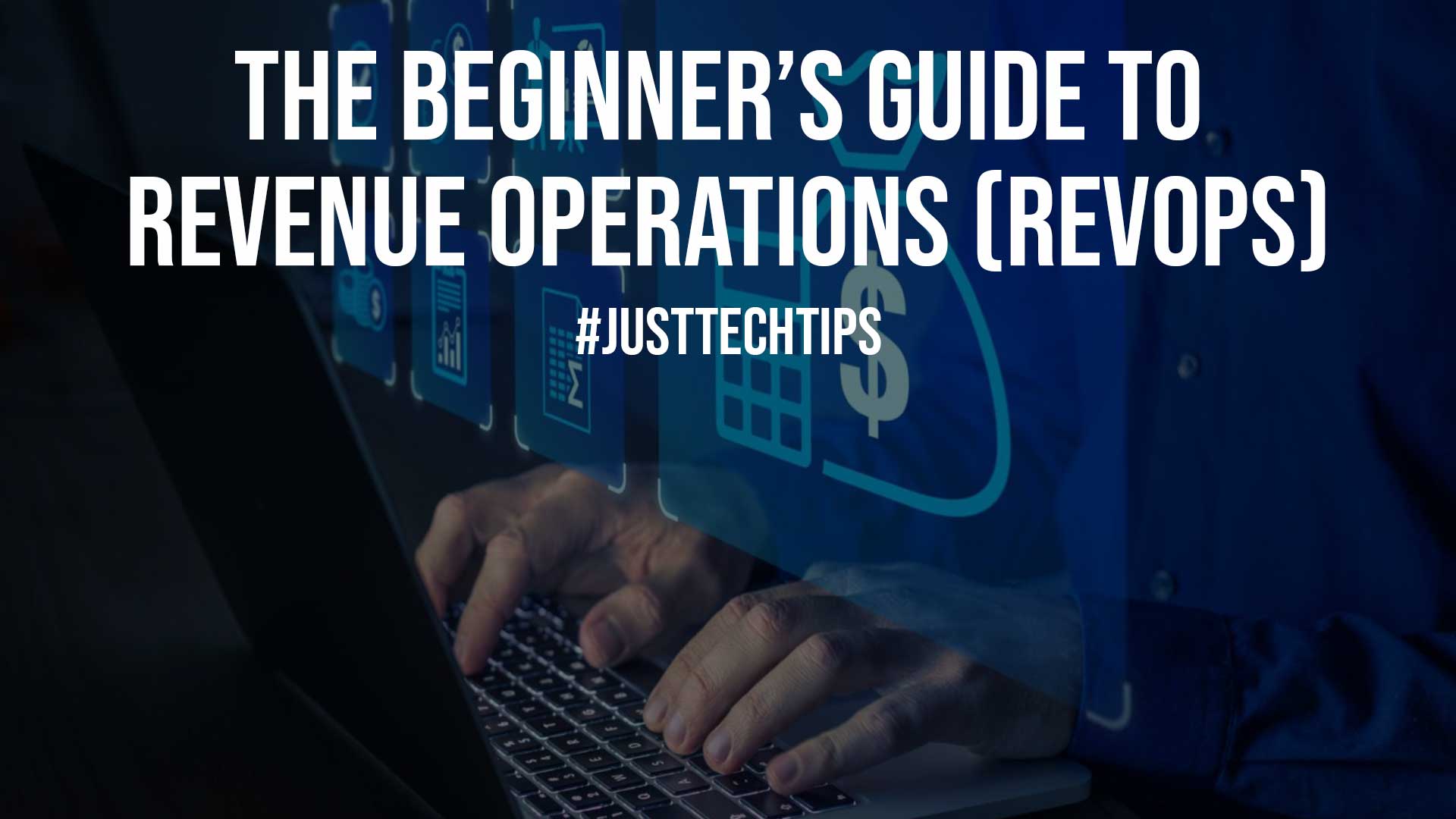The perspective of companies towards their revenue has changed drastically over the years. While earlier, most businesses chased only profits, today’s successful businesses make the customer experience their priority. Revenue is now a channel that leads to the growth and success of a company.

RevOps keep the marketing and sales teams aligned with each other and helps your company grow. As technologies evolve and businesses become more complicated, it’s important to streamline different departments.
What Is RevOps?
More than anything else, RevOps is a mindset that prioritizes sales, marketing, and customer success operations. This helps the customer have a seamless experience across their buying process and helps the company drive growth by improving its operational efficiency.
RevOps isn’t just about getting a customer to buy a product. It focuses on maintaining an ongoing relationship with the customer so they can turn into loyal patrons and continue to drive revenue.
Revenue operations offer visibility and alignment that extends the sales process beyond the sales team. With RevOps, all departments actively help with sales, and when there are interconnected teams, processes are completed efficiently.
Also Read: 6 Tips For Maintaining Business Technology
When You Should Consider RevOps

If you think your revenue growth is stunted and needs a boost, you might be the right candidate for RevOps.
Here are some signs that indicate your company could use a RevOps deployment.
A communication gap between different departments
If you feel your sales, marketing, and customer service operations aren’t aligned, there is most definitely a need to unify them so the processes can become consistent.
you’ve noticed the sales team complaining that they don’t get qualified leads from the marketing team, this shows a disconnection between the two teams and thus a need to bring them together.
Confusing workflows
Workplace inefficiencies cannot always be avoided. And as you add more people to the teams, it adds another layer of complexity.
In such cases, the most common problem is deciding when it’s time to shift leads and customers from one department to the other. This calls for a dedicated leader who can handle the workflow and communication between different teams.
Difficult data access
Since different departments have access to different tools and data, it gets increasingly difficult for one team to access the data of a lead or customer they need to do their jobs effectively.
Since departments are generally kept isolated, they cannot access the data that the other teams can.
The current process isn’t working
Your revenues aren’t growing the way they should, and you don’t know how to improve the situation. Sure, it has worked over the years, but somehow your growth has stalled in the recent past.
If your processes aren’t working anymore, it means it’s outdated and needs to be changed.
How To Adopt the RevOps Strategy
If you want your company to deploy the RevOps strategy, you’ll want to do things right. Here’s how to get started.
1. Build a RevOps team
You’ll need to hire a Chief Revenue Officer who’ll be responsible for sales, marketing, and customer service operations.
All three departments will work under this officer so they can act like one group instead of three different teams.
2. Examine your tech stack
If your company uses three different tools for sales, marketing, and customer operations, it will be difficult to streamline these processes as one. In such a case, you’ll need to upgrade your tech stack.
If you have recently upgraded your technologies, beginning from scratch may be daunting, but having the right technology is key for RevOps success. Partner with a company like Argano that will audit your technology stack and develop recommendations to build a digital foundation that supports your business processes.
3. Optimize the cross-functional processes
Once the three teams come together as a single unit, you can utilize your tools and technologies in a better way. It’s time to start mapping the workflows.
The three operations can work together to determine which lead should move from marketing to sales and when. Operations like moving a customer from customer service to sales can be done smoothly.
4. Re-evaluate periodically
RevOps isn’t a one-time process. It’s an ongoing feature that ensures that your customers get a positive experience from your company and stay connected.
Keep testing the system to see what’s working and what’s not. This will help you create a more solid plan according to your specific needs.
What Are the Benefits of RevOps?
According to a Forrester study, companies that deployed RevOps grew their revenue almost three times quicker than those that didn’t.
Once you’ve deployed RevOps processes and unified your departments, here are the benefits you’ll start noticing in your company:
- Better collaboration among teams
- Improved productivity
- Higher transparency and accessibility of data
- Enhanced customer satisfaction and thus better customer retention
- More accountability
Having a central and unified team plus integrated processes can have a huge impact on your company. It offers a seamless customer experience from marketing to sales to after-sales support. This, in turn, leads to customer loyalty as they become repeat customers. And this means revenue growth.
In the simplest of terms, RevOps helps your business by making it more organized and strategic. And as a customer or lead is moved from one department to another depending on their changing needs, they get a more consistent experience while interacting with your company.
Here’s an example of how RevOps can help your company:
As the company gets a new prospect, the marketing team knows they helped with it. Instead of leaving it there, they can help the sales team with extra material, such as email campaigns.
The sales team can use the insights from the marketing team to gain a better understanding of the customer’s needs. This information can help them recommend additional products or services the customer is most likely to purchase.
If the prospect doesn’t convert, their details can again go to the marketing team, which can stay in touch with them and continue to nurture them. The customer service team can work hand in hand and handle any questions that the customer might have about the company or the product.
Also Read: Simple Tips for Windows Selling Businessmen
Believe Before You Begin
The success of your RevOps deployment will depend on the experience of your RevOps team and your mindset. Make sure you begin with the right mindset.
If you feel aligning and unification of your teams will help your business, you should go ahead with RevOps. As you take one step forward, you’ll notice a customer-centric approach that will generate more revenue for your company.